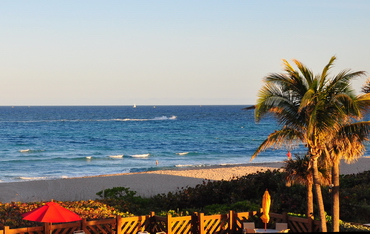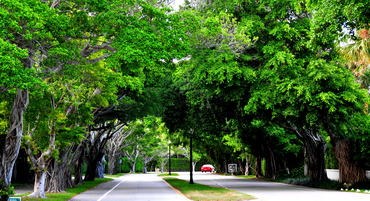Palm Beach, Florida
(Feb. 28, 2009)
Our excuse to take a weekend trip to Florida was to visit our Wayzata neighbor, Zita Hawley, with whom we have worked this past year on the Bushaway Road Sesquicentennial project. But we flew into Fort Lauderdale airport, 60 miles south of Palm Beach. Before driving north, we visited Flamingo Gardens in Fort Lauderdale.
The name “Flamingo Gardens” sounds like a tourist trap selling lawn ornaments, but in fact, it is a marvelous habitat for the rehabilitation and caretaking of many large birds and a few animals. In addition to the dozens of birds with broken wings, hundreds of wild birds just drop in for feeding every day. If you ever are in the area, be sure to drop by. It is about 10 miles west of the Fort Lauderdale airport. Below are birds (and a few mammals) that we captured on camera.
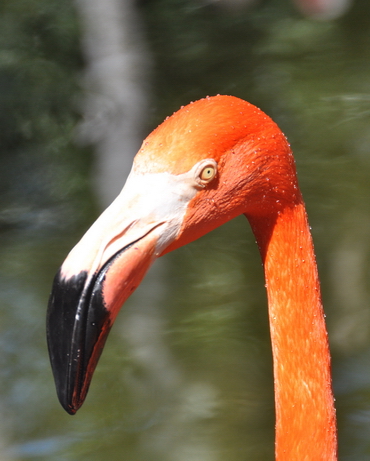 |
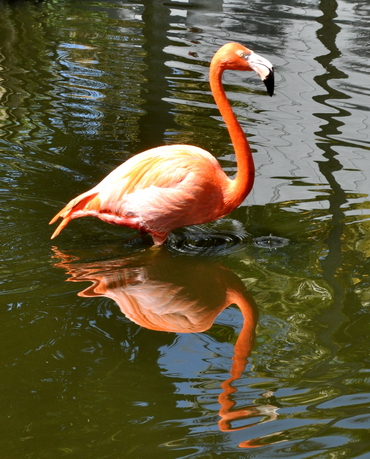 |
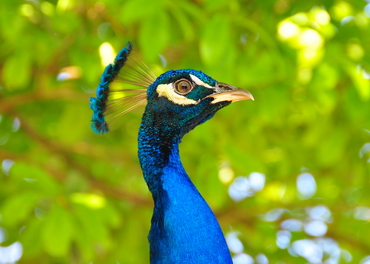 |
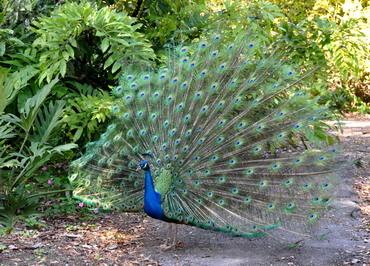 |
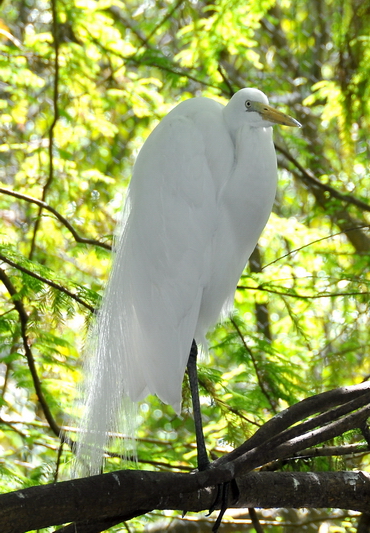 |
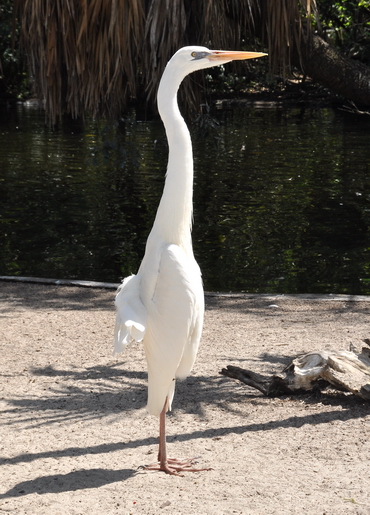 |
Snowy Egret |
Egret "Sentry" |
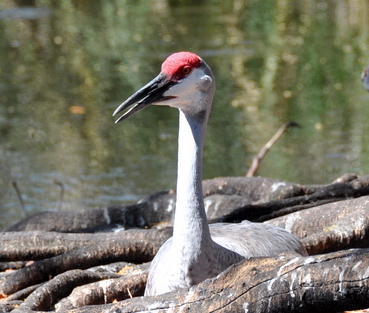 |
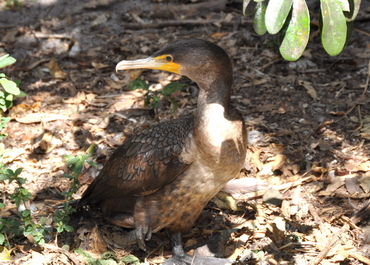 |
Sand Hill Crane |
Neotropic Cormorant |
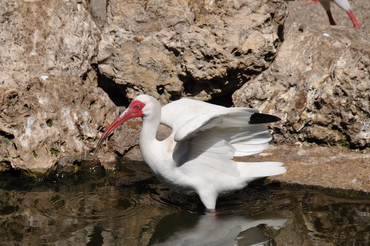 |
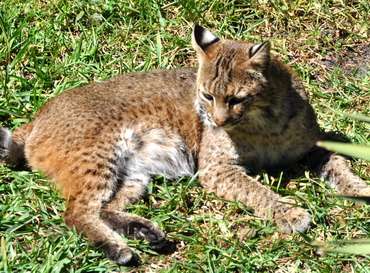 |
Ibis |
Young Bobcat |
 |
 |
Burrowing Owl |
Blind Possum on rubberized asphat |
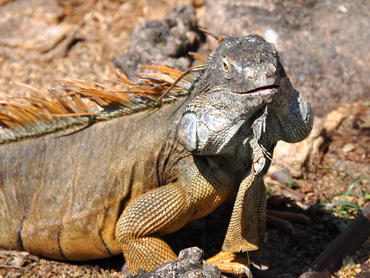
Not all of the wildlife in the Wildlife Santuary are welcome. The iguana on the right is an intruder. About a foot high and 6 feet long, it crawled around eating all of the other animals food. Eventually it gets chased away. Southern Floridians told us that the iguanas are such a nuisance as they crawl into yards, swimming pools, and even houses. Who would have thought that such a happy looking creature could become such a huge pest.
Palm Beach
After visiting the wildlife sanctuary, we drove north about 5 miles past Palm Beach to Singer Island. We stayed on the beach, as you can see in the photo, but a strong wind with a streak of chill discouraged swimming or even sitting in the sun.
On our recent trip to Jamaica, we flew over the southeastern coast of Florida, and it is an amazing sight. Houses and other buildings for 5 and a half million people are packed together within a 25-mile wide strip for 100 miles beginning just south of Miami all the way to just north of Palm Beach. From 34,000 feet one can see the entire region of tightly packed houses as one panorama.
The beaches of Singer Island and Fort Lauderdale, just like Miami Beach, are lined with high rise condominiums. Palm Beach is an exception as it has a code limiting buildings to 5 stories. There are some beautiful streets in Palm Beach. Here, on the right, is a sample of one, North County Rd.
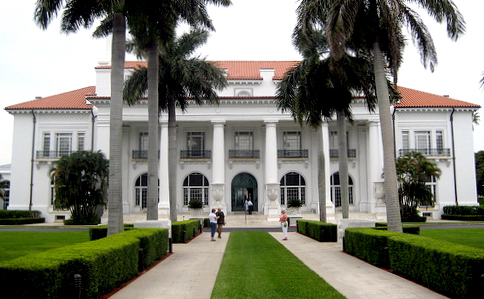
Palm Beach probably has the highest wealth concentration of any town in the United States. Houses routinely sell for $50 to $100 million dollars and hotel rooms are outrageously expensive, which is why we didn’t stay there. The most famous house is the Flagler house, which is now a museum. Built in 1903, this 55-room home immediately was described by the NY Times as the most magnificent house in the world. See photo on the left.
The town of Palm Beach occupies a long, narrow island on which 10,000 live. The town has a large, well-paid police force and many residences have high walls and gates. Three bridges link the island to the mainland, which is the town of West Palm Beach (WPB). WPB has a population ten times that of Palm Beach and is filled with minorities, and people suffering from unemployment and poverty. The irony of this huge social gap between the two communities, separated only by short bridges, has not gone unnoticed. The recent book, Richistan, devotes a chapter to the Palm Beach irony. The book is about the culture of the newly rich Americans, of whom there are an estimated 10 million.
Our friend Zita, who at age 83 lives in Palm Beach for 6 months of the year, has a modest, small (4-bedroom) home in the northern part of Palm Beach. She is a member of the local garden club, which just happened to be holding a tour of 4 Palm Beach homes, so she took us on a remarkable tour of these houses, which were really mansions.
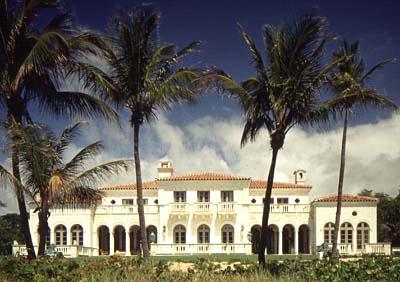
Within the tradition of historic preservation, houses are named by their original owner or both the original and current owner. In Palm Beach the owners give cutesy names that don't reveal ownership. Here is a picture of one of the houses named La Folia, which means folly in Italian. This house with 43,000 square feet was relatively small, compared to another we visited.
The largest house we visited, called the Skylark, had a staff of 12 full time employees. It was designed after a castle in the Czech Republic. The dozens of pillars and store-carved decorations on the walls and doors created the atmosphere of a museum rather than a home. The houses consistently had dining rooms and living rooms intended to seat 15-20 people each. Sadly, the homes were designed to impress outsiders, rather than serve the family within. Palm Beach is a town that proves the wealthy don't know how to spend their money.
Unfortunately, we were not allowed to take any pictures inside the houses, and pictures of the outside were discouraged. We were not even told the names of the owners. Ironically, Palm Beachers live to impress their friends and celebrities, but they work hard to hide from the rest of the world.
